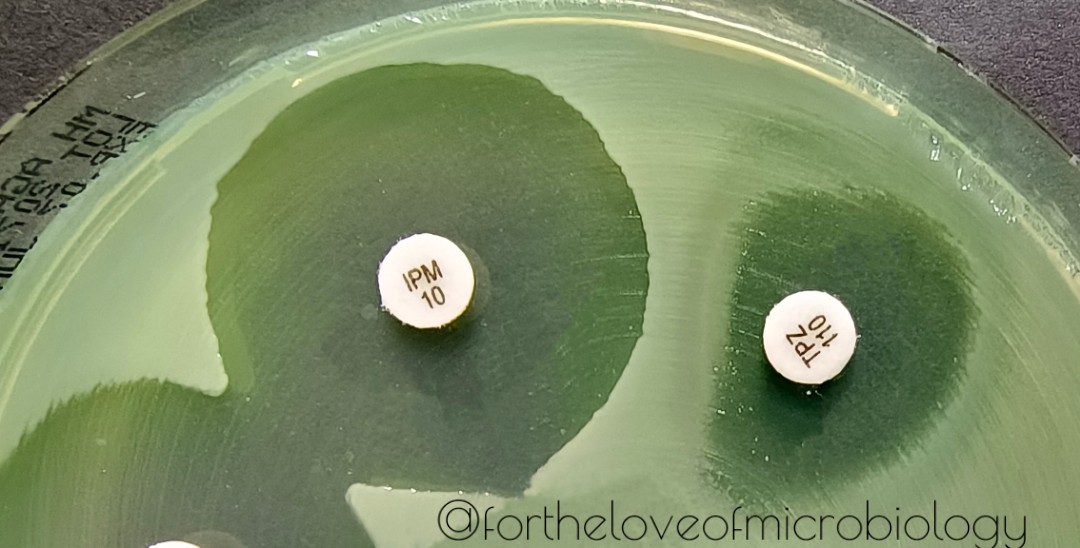
CSF received from a 12 year old child with Ewing sarcoma
India ink preparation showing rounded yeast cells surrounded by a halo, highly suggestive of Cryptococcus neoformans
#Fortheloveofmicrobiology #clinicalmicrobiology #mmidsp #microrounds #ASMClinMicro #microbiologypakistan
India ink preparation showing rounded yeast cells surrounded by a halo, highly suggestive of Cryptococcus neoformans
#Fortheloveofmicrobiology #clinicalmicrobiology #mmidsp #microrounds #ASMClinMicro #microbiologypakistan

India ink stain, previously known as the Nigrosin stain, is a quick, low-resource method. It is widely used for the microscopic detection of cryptococci in CSF. Its a negative stain used to determine the organism’s cellular morphology.
In the India ink preparation, stain fills the background and the thick polysaccharide capsule does not take up the stain, resulting in an appearance of a refractile large white circle against a dark background, giving the appearance of a halo of light
Diagnosis of cryptococcal meningitis requires CSF culture, India ink, or CrAg testing.
Elevated opening pressure seen during lumbar puncture. CSF analysis may yield normal results in 25% of patients and may be minimally abnormal in as many as 50%; therefore, identifying the organism via India Ink and serology is crucial.
CSF fluid appearance can be clear or turbid. Protein levels exceed 45 mg/dL in one third to two thirds of cases, ranging from normal to 300 mg/100 dL. The glucose level is usually normal and is less than 60% of the serum level in only 17–65%.
CSF culture is considered the gold standard. Unfortunately, diagnosis can take days, and up to 1 to 2 weeks for definitive results.
CrAg can be identified using latex agglutination,has a sensitivity and specificity of >99% in blood and CSF. Results can be qualitative, or semiquantitative with titers by 1:2 serial dilution. The LAT detects polysaccharide antigens of the Cryptococcus capsule
• • •
Missing some Tweet in this thread? You can try to
force a refresh







